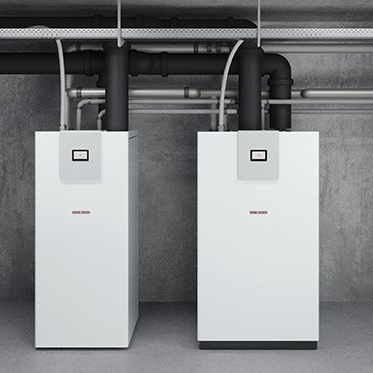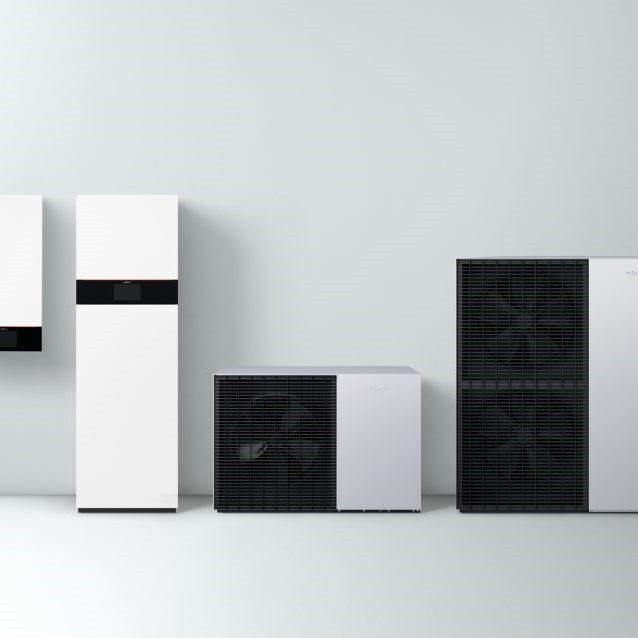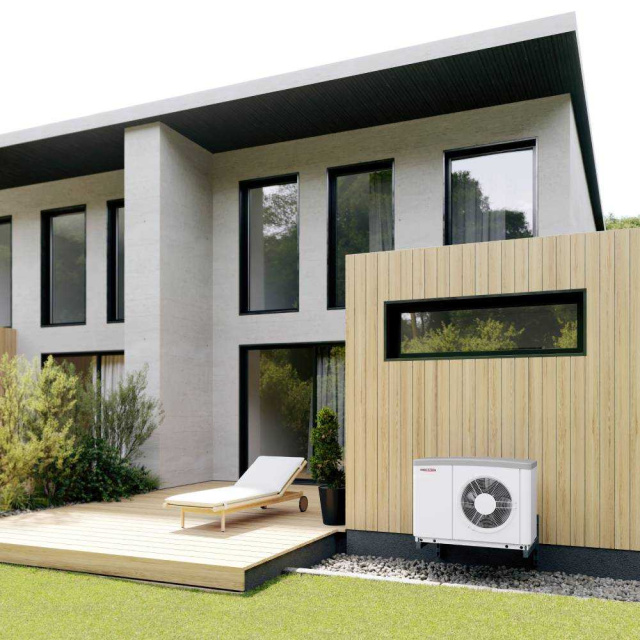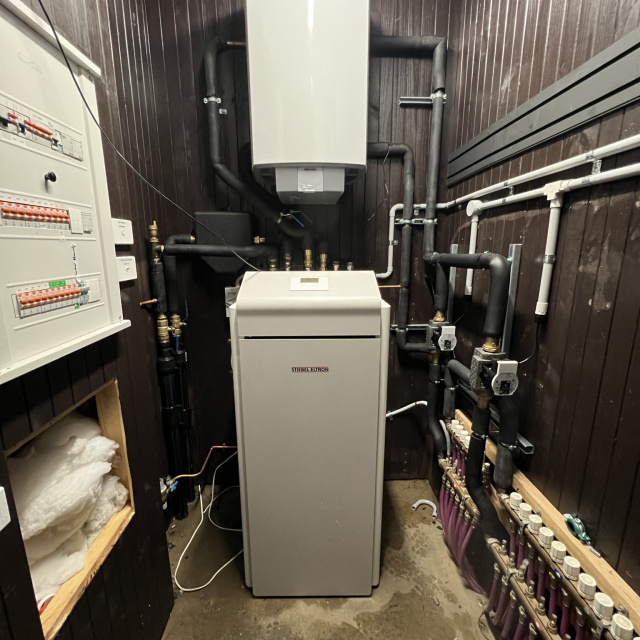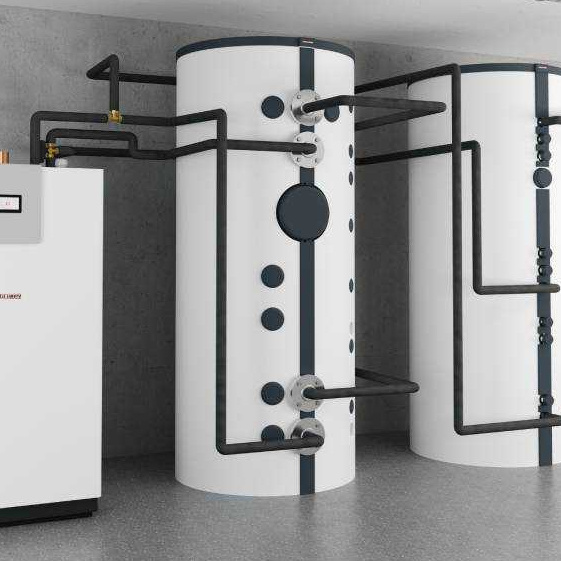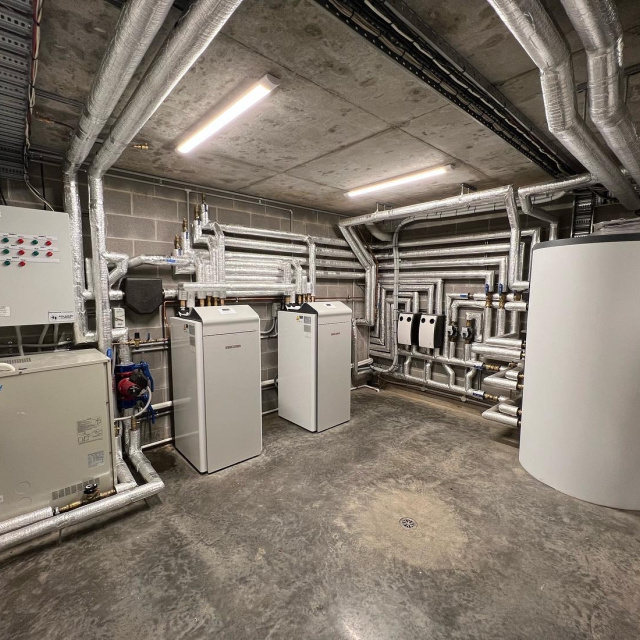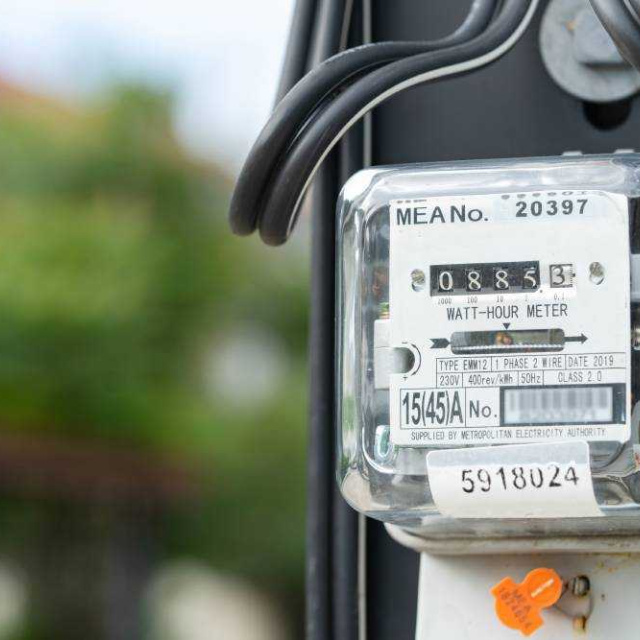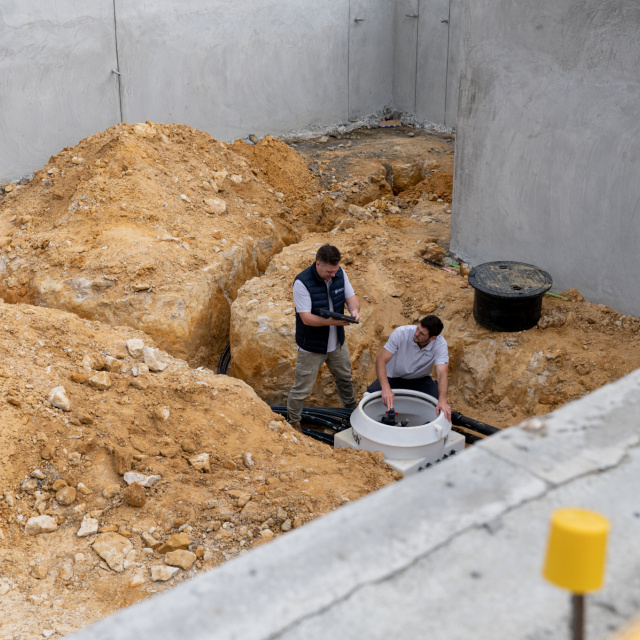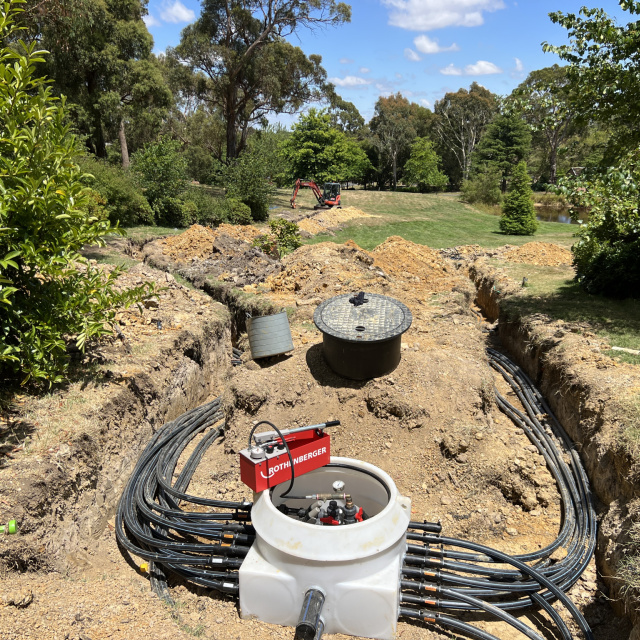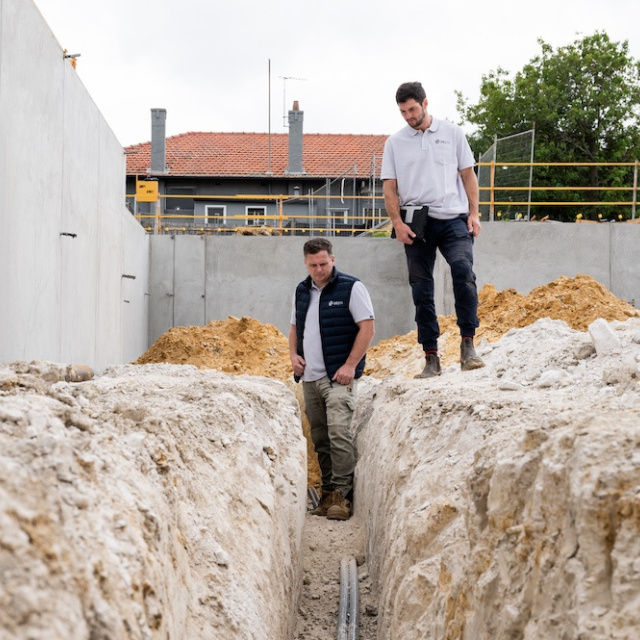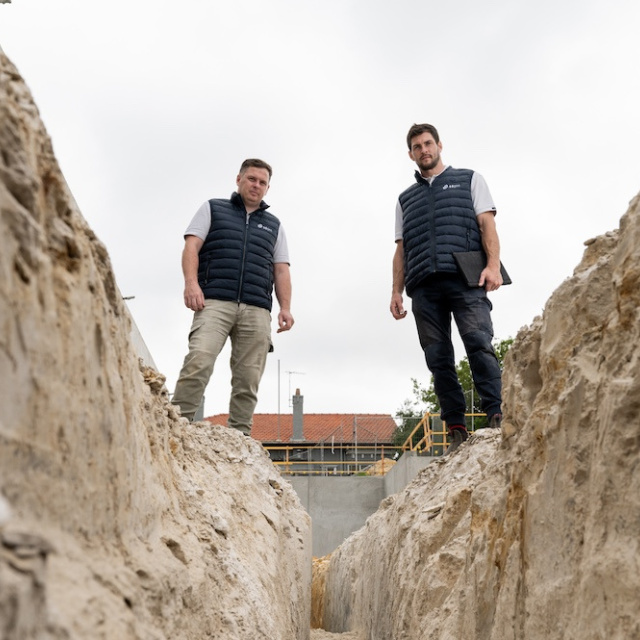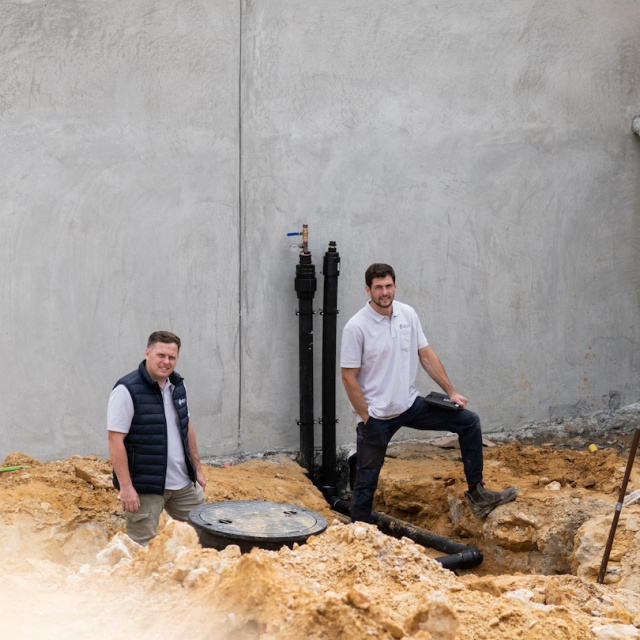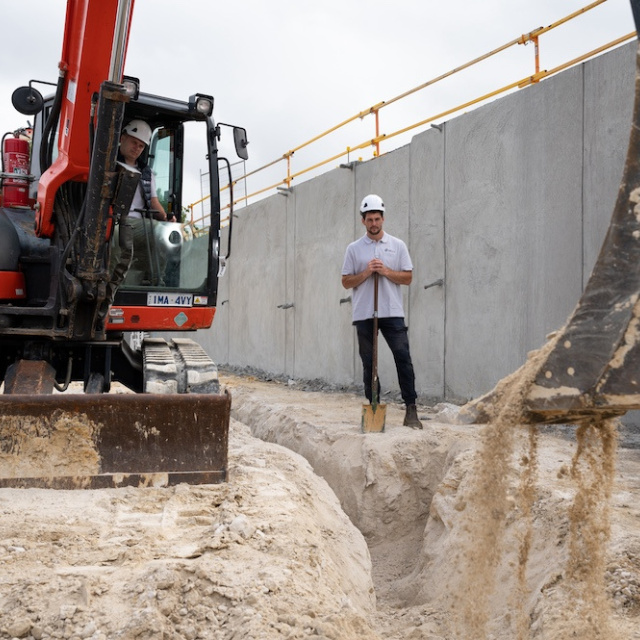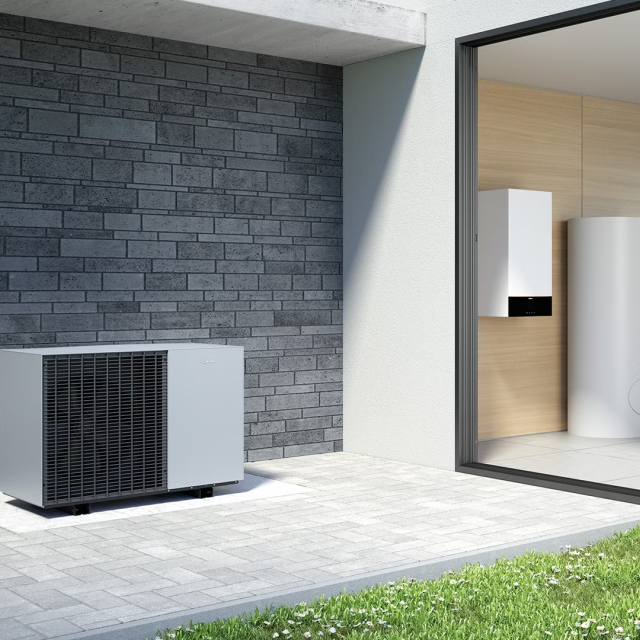
Heat Pump Hydronic Heating Cost: Switching from Gas in Melbourne
Looking to cut costs and carbon? Discover the real price of switching from gas to hydronic heating with air source heat pumps in Melbourne homes.
Looking to cut costs and carbon? Discover the real price of switching from gas to hydronic heating with air source heat pumps in Melbourne homes.
When it comes to choosing energy-efficient heating and cooling systems for your home today, two solutions come to mind:
We currently live in a world where environmental concerns and energy costs have become bigger issues. If you’re curious about how to tackle these problems, one solution is swapping your gas boiler to a hydronic air source heat pump otherwise known as ASHP or air to water heat pump
As the demand for sustainable & energy-efficient solutions increases by the day, air source heat pumps (ASHPs) are becoming the ideal choice for homeowners and businesses. If you currently use conventional systems, transitioning to this renewable energy technology is all you need to further reduce your energy bills in the long term.
One way to avoid high energy costs today is by using efficient and sustainable heating solutions. A good example is to opt for hydronic heating systems. These systems provide homeowners with innovative ways to keep their homes warm with minimal energy consumption and environmental impact.
Geothermal heating systems are the go-to solutions for anyone who prioritises sustainable living and wants to maintain a perfect indoor environment. These systems are designed to provide efficient, renewable energy for residential and commercial properties.
Gone are the days when traditional HVAC systems were the go-to solutions for homeowners. Today, many people are now shifting to geothermal heating and cooling. This solution isn’t only cost-effective in the long run. In addition, it’s also a sustainable solution because it mostly relies on renewable energy—the earth’s natural heat.
Geothermal heating and cooling systems are gradually gaining popularity among Australian homes and buildings. Highly efficient and reliable, geothermal systems are an excellent choice in the realm of renewables. But what exactly are they?
Let’s delve into how geothermal heating and cooling work and explore their significant benefits for your homes and buildings.
Geothermal heating and cooling systems offer a revolutionary approach to regulating indoor temperatures while prioritizing energy efficiency and environmental sustainability. In Melbourne, where concerns about climate change and rising energy costs are paramount, embracing geothermal technology presents a compelling solution for both residential and commercial properties.
Melbourne’s temperate oceanic climate, with its warm summers and cool winters, makes it an ideal location for geothermal heating and cooling systems. The moderate temperature variations throughout the year allow geothermal heat pumps to operate efficiently, providing consistent and reliable heating and cooling for residential and commercial buildings.
One of the key advantages of geothermal heating and cooling systems is their low maintenance requirements and exceptional longevity. Unlike traditional HVAC systems that rely on outdoor units exposed to harsh weather conditions, geothermal systems have their main components buried underground, shielded from the elements.
When installing a heating or cooling system, most homeowners focus on energy efficiency, cost, and comfort. However, an often overlooked but critical factor is noise. Traditional HVAC systems, particularly air conditioners and heat pumps, often come with noisy outdoor units that can disrupt the tranquility of your property. Even more concerning, many local councils enforce strict boundary noise regulations to ensure that external equipment doesn’t disturb neighbors or the surrounding environment.
Deep beneath our feet lies an often-overlooked powerhouse of sustainable energy that could revolutionise how we heat and cool our buildings. While most of us look to the sky for renewable solutions like solar and wind power, the Earth’s core maintains a steady temperature of 16-18 degrees Celsius year-round, offering an incredibly efficient heating and cooling solution.
